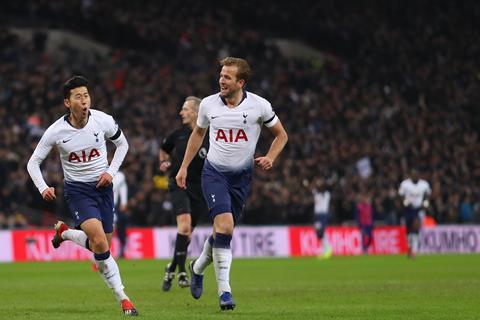- Sports video estimated to make $94 billion this year
- Global content revenues set to reach $250 billion
- SVoD hihglighted as main growth driver
Global consumer spend on digital content is set to increase by $23 billion this year, with sports video identified as the key driver of growth.

Sports video is set to have the highest year-on-year growth for digital content revenues, estimated to reach $94 billion and account for 45% of global annual revenue growth.
Driving the substantial growth in 2019 is the big ticket spending from OTT players including Netflix, Amazon and Apple with anticipated budgets of $8 billion, $5 billion and $1 billion respectively in 2018.
Further, Amazon, Facebook and Twitter streaming services have acquired sporting rights that will bolster the content market share, according to a study by Juniper Research.
Subscription video on demand (SVoD) services are the main growth driver as the technology giants step in and take the lead on acquiring sports rights ahead of traditional broadcasters.
According to Juniper, the worldwide reach and significant subscriber numbers of these players position them as effective partners for sporting tournament and leagues aiming to increase viewership.
The rules of traditional broadcasting are changing with the future of live sports shifting to the hands of technology-focused firms, with Amazon and DAZN among the leading disruptors.
Last year saw many ambitious sports broadcasting deals that disrupted traditional broadcasting business models.
The report highlighted Amazon’s acquisition of a small rights package in England’s Premier League.
It is predicted that Amazon would essentially be using the package to test the water for larger, potentially exclusive, bids in the future in both Europe and the US, by gauging the level of viewership among its Prime and non-Prime members.
Similarly, DAZN has been dubbed the Netflix of sport; last year it announced a five-year multi-million dollar broadcast agreement with American boxing promoter Golden Boy to screen up to 10 live and on-demand fights per year. The deal cost $365 million and aired the fights to fans in all its territories including Austria, Germany, Japan, Switzerland, Canada and the US.
- Webinar on demand Winning the battle for OTT audiences
AI: The future of sports production?
Last year, IBM’s Watson was employed the technologists behind the broadcast of the Wimbledon tennis tournament, where its artificial intelligence (AI) platform learnt the meaning behind expressions, fan reactions and body language to get highlights from Centre Court to fans around the world faster than before.
The AI ingested statistical information from courtside devices used to measure serve speed and ball position.
Tennis Australia made a similar move for the Australian Open in 2015, and in 2018 IBM had a deal with Fox Sports which saw the US broadcaster deploy IBM’s AI tech across a number of sports properties including the World Cup in Russia.
Fox offered its viewers the ability to compile custom highlights of past FIFA World Cup matches for streaming and sharing on social media.
The trend as a whole is reflective across the sports industry as rights holders increasingly looking to take greater control over their own content.
























No comments yet